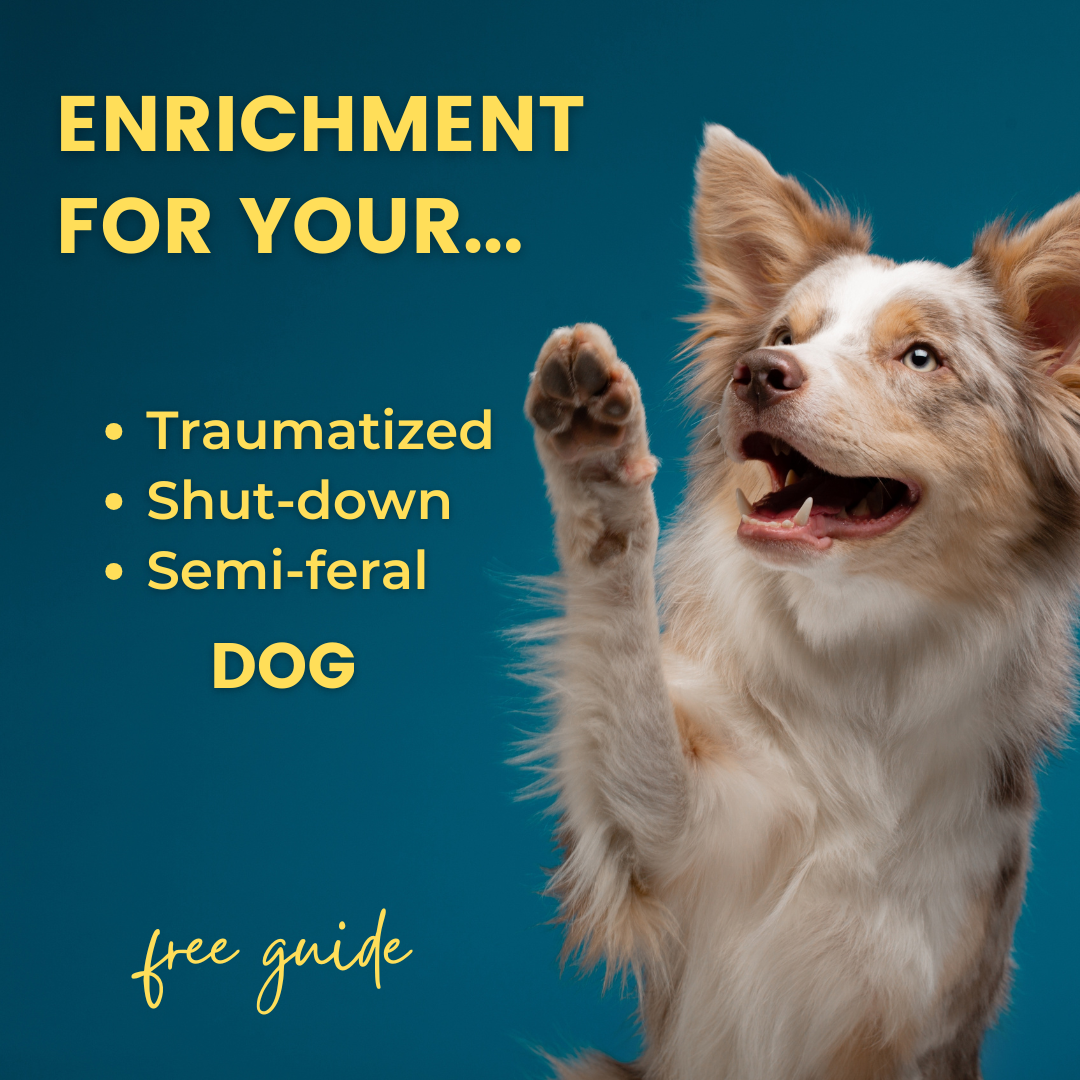More Effective Dog Training: How to Reinforce
Apr 25, 2022
You might notice that, even when you're using the same reinforcer, some days your training progresses more smoothly. There are several possible explanations for this- this week, we're talking about HOW you give your dog the reinforcer at the end of each training repetition. Whether you're using food or other training rewards, your reinforcement delivery can help (or hurt) your training.
What Influences Reinforcer Effectiveness?
In a review of last week's video, these are some of the factors that can affect the effectiveness of any given reinforcer:
- Delay to reinforcement: In general, reinforcement delivered immediately after the target behavior is best.
- Dog's preferences: Use something the dog loves. A dog's preferences might change day-to-day and even within a single training session, so be ready to adjust!
- Magnitude: Increased reinforcer quantity or duration can sometimes increase effectiveness of your training.
- Rate of reinforcement: Reinforce new skills every time in early training.
- Has your dog had access to this reinforcer recently? Something your dog has had a lot of recently might temporarily lose its value as a reinforcer. This is why trainers will often ask you not to feed your dog for an hour or two prior to training class.
- Variety of reinforcers: Varying reinforcers during a training session can reduce the risk of the dog getting "tired" of a single reinforcer. They can be mixed randomly or higher value reinforcers can be assigned to only the "best" behaviors.
- History with the reinforcer: Is the reinforcer something that your dog often gets for free? If so, they might be less willing to work for access.
- Delivery method: How you give the reinforcer to your dog can increase its value. Chasing a rolled treat might be more fun than taking a treat from your hand; an interactive game with a toy might be a more effective reinforcer than handing the dog a toy.
- Novelty: A new toy, treat, or activity can be a more effective reinforcer, at least temporarily, due to its novelty.
How to Reinforce
Different aspects of the reinforcement process can affect reinforcer value and training success. Pay attention to each of the following to get the most out of your reinforcement:
- Location: It can be helpful to deliver reinforcement in a location that helps you keep the dog in the preferred position, and/or sets up your next repetition.
- Delivery method: Some ways of providing reinforcers (such as a treat toss or a chasing down a treat for an active dog) can make the reinforcer more valuable.
- Duration/quantity: The amount of reinforcer should be enough to keep your dog working happily.
- Automatic access: Reinforcement that is accessed directly as a result of the behavior may be more effective.
Example: Tooth Brushing
In this weeks' video, Pancake showed off some of the dental care training in our online, self-paced tooth brushing course. I demonstrate how feeding a treat inside the "muzzle tunnel", where I want him to stay for the toothbrushing process, can help build duration in that position. Pancake also let me know that he would work harder for semi-soft dog treats than for the chicken-flavored dog toothpaste; and that 4 little treats per repetition would keep him in the training game better than one treat.
If you'd like to learn how to brush your dog's teeth (and hopefully save a few bucks on your dog's next dental cleaning), join our Healthy Smiles course!
If you are trying out reinforcers with your fearful dog, we want to hear about your successes or struggles. Join our Facebook group and post your questions or comments there, or email us at [email protected].



